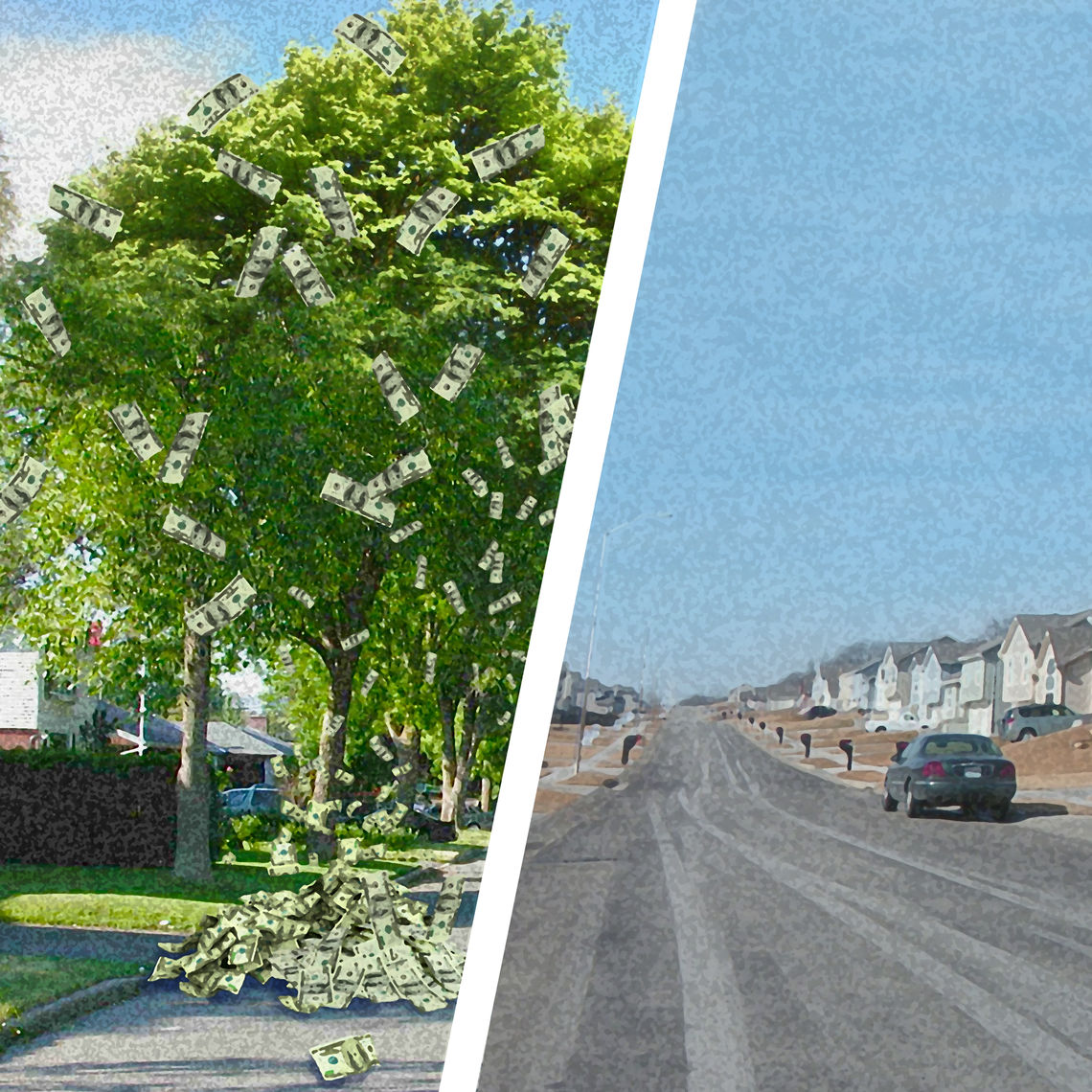Research shows that wealthier cities can afford and are willing to pay for more tree “infrastructure” on both public and private properties. City governments, who are able to draw from a larger tax “money-pot,” are able to invest more funds in tree implementation and any maintenance associated with them. The ability to live in a neighborhood or city that is canopy dense should not depend on the financial means of individual residents.
This idea of “tree equity” should be something that everyone can benefit from, which in turn helps improve the air quality and creates a healthier and more enjoyable living environment. As we continue to plan for the growth of our cities, tree implementation should remain a priority!

